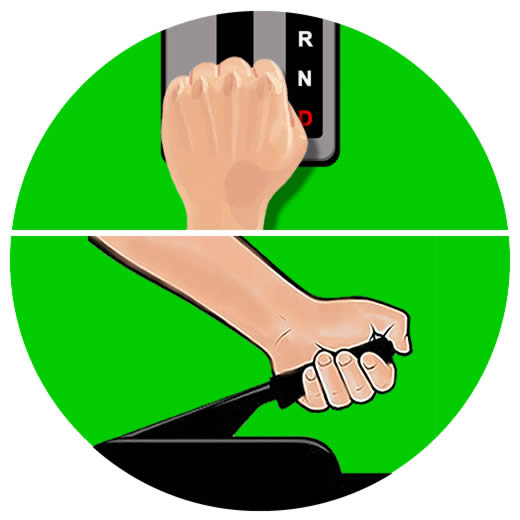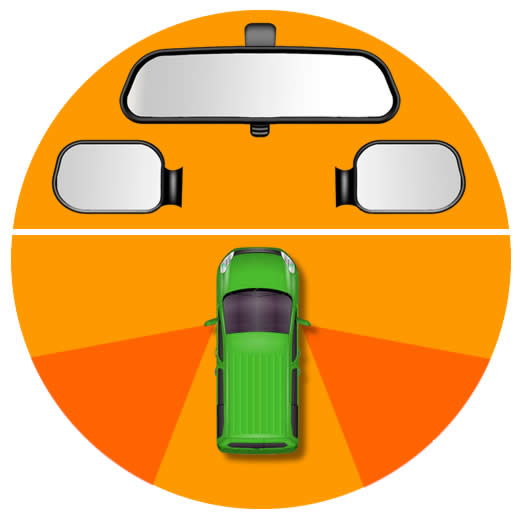When teaching learner drivers, we use routines as an easy method for helping them to remember the order in which things should be done. Prepare, Observe and Move is one such driving routine and we shorten this to ‘POM’.
What Does POM Mean When Driving?
We carry out the POM routine before we move the car from a stationary position. POM stands for:
- Prepare
- Observe
- Move
It’s important that the POM routine is carried out in that specific order. By doing so, you’ll create a safe driving environment not only for yourself, but for other road users and pedestrians.
It’s important to know that whilst the POM routine must always be carried out in the specific order of ¹prepare, ²observe and ³move, you should always be prepared to alter the routine depending on circumstances. Let’s take a look at the POM driving routine in a little more detail.
Prepare
You need to ensure that there’s as little delay as possible between observing and moving. Therefore, we always need to prepare the car first. To ‘prepare’ the car simply means to get it ready for moving off.

To prepare a manual car:
- Press the clutch down and keep it down
- Select 1st gear
- Now place your left hand onto the handbrake or over the parking brake button ready to release it
- ‘Set the gas’. Press the accelerator pedal until the engine RPM reaches between 1500-2000
- Bring the clutch up slowly to the biting point
- Keep both feet steady, ready for moving off
To prepare an automatic / electric car:
- Keep your right foot pressed firmly on the brake pedal
- Put the gear selector lever into Drive (D)
- Now place your left hand onto the handbrake or over the parking brake button ready to release it
That’s it, your car is prepared for moving off. But before we attempt to move the car, we must carry out observations to ensure it’s safe to do so.
Observe
Observations may vary a little depending on what you’re about to do. For example, observations will be different if you’re about to move off from a parked position, compared to when you’re about to reverse for a manoeuvre.

The key here is effective observation. After preparing the car:
- Check your mirrors
- If applicable, check blind spots
- Signal if necessary
Finish by looking in the direction of travel. This means, if you’re carrying out a reverse manoeuvre, after observations, you must be looking out the rear window just before you move the car.
Additionally, there should be no delay between observing and moving. If there is a delay, for example you need to wait for a passing vehicle, you then must complete observations again before moving.
Move
After taking effective observations, you must either move without delay, or carry out observations once again.

To move in a manual car:
- Release the handbrake / electric parking brake
- Put your left hand back onto the steering wheel
- Slowly bring the clutch up
- Slightly increase the gas
- Once the car is in the correct driving position, check your mirror
To move in an automatic / electric car:
- Release the handbrake / electric parking brake
- Put your left hand back onto the steering wheel
- Slightly increase the gas
- Once the car is in the correct driving position, check your mirror
When should I use POM in driving?
You use the POM driving routine at any time before moving from a stationary position. This includes moving off from a stationary position away from:
- A parked kerbside position, either moving off from the left and right side of the road
- Junctions
- Crossroads
- Roundabouts
- Traffic lights
- Pedestrian crossings
- Traffic queues
- Manoeuvres such as bay parking and parallel parking
Although the POM routine is always carried out using the same order, the specific actions you take, particularly when it comes to observations, will vary depending on your situation.
Why should I Use the POM Driving Routine?
The POM driving routine is an essential foundation used for keeping yourself, passengers, road users and pedestrians safe. The routine is easy to remember and is always carried out in the same order.
